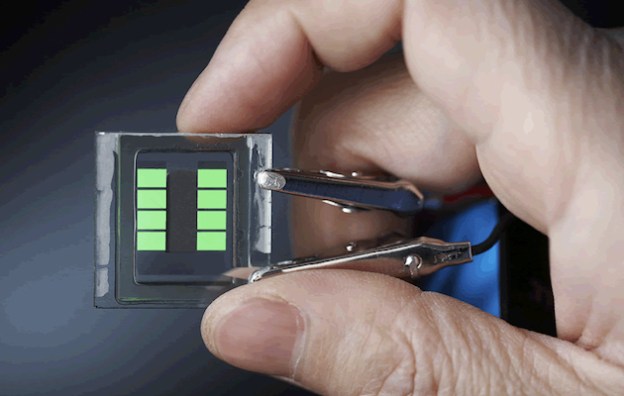 Quantum-dot technology has been on the verge of breaking into the mainstream for a while, with various companies exploring its use in all kinds of displays, and its advantages over LCD and OLED in televisions. These advantages include lower power consumption, a longer lifetime and more physical flexibility.
Quantum-dot technology has been on the verge of breaking into the mainstream for a while, with various companies exploring its use in all kinds of displays, and its advantages over LCD and OLED in televisions. These advantages include lower power consumption, a longer lifetime and more physical flexibility.
It’s therefore only a matter of time before QD displays make it into stores, and British firm Nanoco has announced it’s working with several “major Asian electronics companies” in order to make them a reality by the end of next year. CEO Michael Edelman hasn’t stated which companies specifically, but The Telegraph suggests Sony, Samsung, LG and Sharp are all working on QD-TV.
A QD television would be thinner and lighter than current LCD and OLED screens, while the image would improve with richer colors and more realistic blacks, all while using a fifth of the power an LCD screen. Additionally, quantum dots are so tiny (100,000 times thinner than a human hair) they can be printed onto sheets of plastic, creating a screen flexible enough to be rolled up.
Mr. Edelman says the company is looking at using this flexibility to add quantum dots to wallpaper or curtains, potentially producing giant wall displays, or window coverings showing images such as a sunrise or beach scene. While QD TVs are expected to go on sale before the end of 2012, he doesn’t expect to see flexible QD displays on sale for another three years, and when they do it’ll be for small devices such as phones and tablets.
Nanoco isn’t the only company investigating quantum dot technology for TVs either, as in September Nanosys demonstrated its QD film, which when placed over a standard LCD screen considerably improved the color performance.



